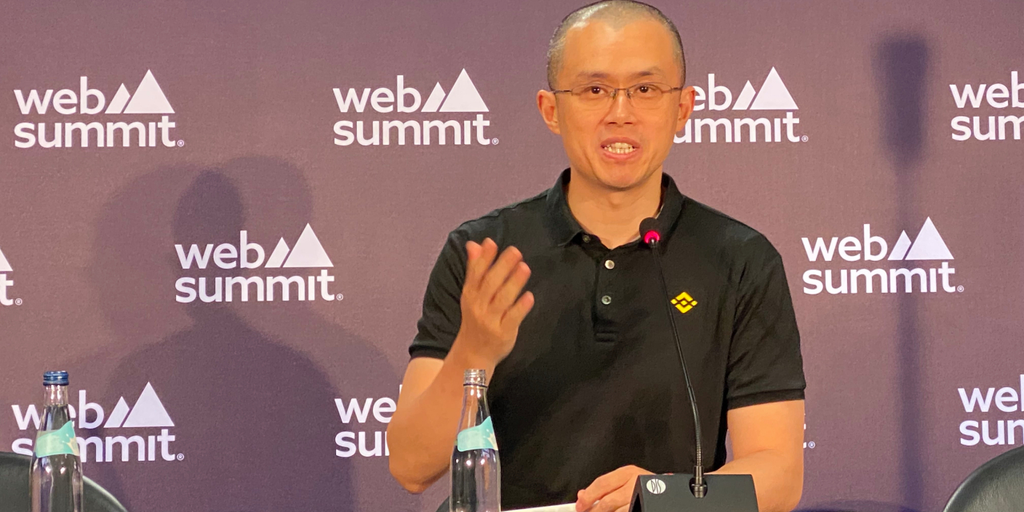Bitcoin is notoriously volatile, prone to sudden price spikes and rapid reversals that can wipe out millions of dollars in value in a matter of minutes. These changes are often mysterious to market observers, given the digital currency’s lack of fundamentals, or ties to the real economy. Bitcoin has another quirk, one that was built into the code that gave birth to it: every now and then, the formula that governs the rate at which new tokens are created changes. As another such event – called a halving – approaches, Bitcoin supporters and skeptics are debating what kind of impact it might have on the coin’s value.
What is the Bitcoin ‘halving’ and is it pushing up the cryptocurrency’s price?

1. Where does baby Bitcoin come from, by the way?
One of the features that gave rise to a fascination with Bitcoin is the way its pseudonymous creator, Satoshi Nakamoto, linked the creation of coins to the work needed to prevent counterfeiting. Bitcoin is generated by so-called miners whose computers perform complex calculations that validate the transactions on what is known as the blockchain, a public digital ledger. The miners compete with each other to earn newly issued tokens known as a block reward.
2. What is a Bitcoin Halving?
A halving – sometimes referred to as a halving – is a planned reduction in rewards miners receive (the term is mentioned in Bitcoin’s code). Halves happen once every four years or so – more precisely, every 210,000 blocks of transactions. As the name suggests, each one halves the amount of Bitcoin miners receive per block reward. At Bitcoin’s launch in 2009, miners received 50 Bitcoins per block, but that reward was reduced to 25 in the first halving, in 2012, to 12.5 in 2016, 6.25 tokens in 2020 and is scheduled to drop to 3.125 coins in 2024 .
Bitcoin’s issuance is limited in several ways. First, according to the basic protocol, only 21 million will ever be in circulation. That appeals to many who fear that fiat money — the kind issued by governments — could lose its value to inflation if printed too much. Supporters claim that Bitcoin, on the other hand, is guaranteed to rise. Halving also prevents inflation by periodically reducing the pace at which Bitcoin is created, so as not to exceed demand. For other observers, halvings can serve as a rush-and-buy signal by suggesting that lower growth may be accompanied by a rise in price.
4. When will Bitcoin’s halving happen?
The quadrennial event should take place around April 2024. In general, it is difficult to predict the exact date because the time it takes to generate new blocks can slow down or speed up depending on a number of factors. By most estimates, there will be 64 Bitcoin halvings before the maximum 21 million number is reached sometime around 2140, at which point halvings will stop. When that happens, miners will no longer collect rewards and will be expected to rely on fees for handling transactions, much like credit card companies do.
5. Do Halvings Increase Bitcoin’s Price?
It is a matter of heated debate. In 2012, for example, Bitcoin increased around 8,000% in the 12 months following the cut in rewards, and rose again almost 1,000% in the wake of the cut in 2016. The most recent halving, in May 2020, was followed by a bull run that ended in a record Bitcoin price of almost $69,000 in November 2021. As of mid-April this year, Bitcoin has revived about 67% from an epic rout in 2022, to around $30,000. The next halving has the potential to trigger an advance of at least 81%, according to Bloomberg Intelligence and Matrixport. Skeptics, on the other hand, argue that attributing price increases to halving is dubious at best. The second halving, for example, came at a time when Bitcoin was already gaining mainstream recognition, and coincided with the boom in initial coin offerings, many of which had to be purchased with Bitcoin. But the bounce has sputtered recently, limited by cooling expectations of interest rate cuts by the US central bank. A regulatory crackdown on crypto in the wake of the FTX exchange collapse in November 2022 also threatens the market outlook.
6. If I own Bitcoin, will anything change for me after the halving?
No, except to the extent that any subsequent price change would make you richer or poorer. But it will be impossible to know how much of the change is directly due to the halving.
–With assistance from Sidhartha Shukla and Brandon Kochkodin.
More stories like this are available at bloomberg.com
























